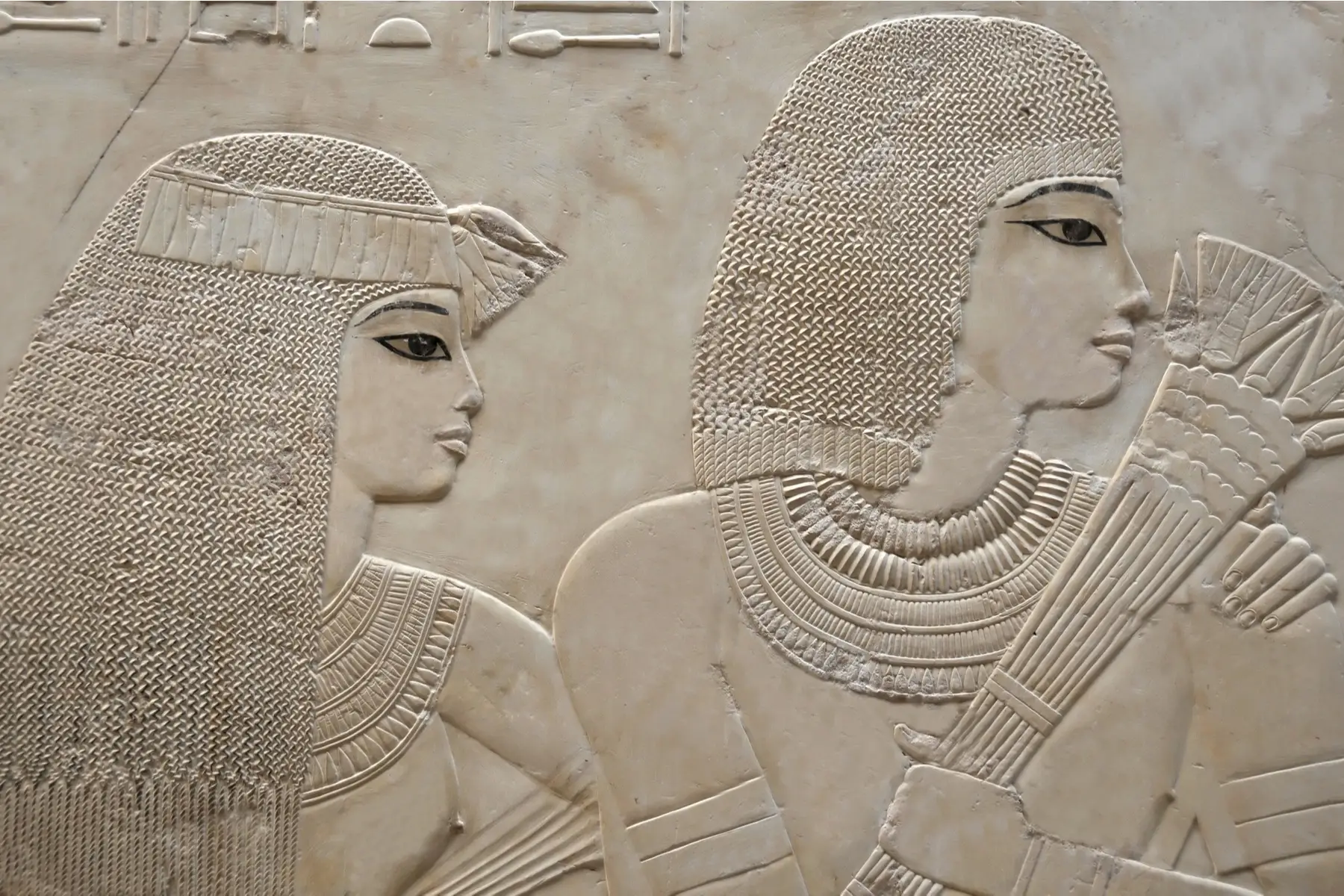The origins of the wedding ring
Many would argue that Egypt is the birthplace of the modern wedding ring. However, the tradition actually originated in Neanderthal times. Believe it or not, these so-called barbaric creatures were arguably more civilized than you might think.
In fact, Neanderthals used to tie things like twigs, grass, and rushes around the bride’s wrists or ankles. Some have suggested this expressed friendship and loyalty. It’s also been speculated that this would keep the woman’s soul intact and help her live a long life. It wasn’t until much later on that other cultures began to create their own wedding ring traditions.
The ancient Egyptians
Several hundred years later, the ancient Egyptians began making their own variations from materials such as bone, ivory, leather, and hemp. The wedding ring later evolved into a metal form known as ‘ring money’.
Interestingly, ancient law dictated that once a woman received such a ring, she would have a claim on her husband’s possessions.

The Romans
The Romans had a more romantic interpretation of the wedding ring (though this is perhaps unsurprising, given their rather lavish lifestyle). To them, the precious item of jewelry symbolized that a married woman had unlocked her husband’s heart. This romantic notion explains why a key was often part of the traditional wedding ring during those times.
Early Asian civilizations
The early Asian civilizations were not as romantic as the Romans when it came to their wedding ring traditions. On the contrary, they saw it as more of a legal contract between a man and a woman.
Remarkably, couples sealed their marriages with puzzle wedding rings that immediately fell apart if they tried to remove them from their fingers. The wedding ring was, therefore, also used as a way to expose infidelity. After all, if one of the partners removed it in the absence of the other, they would soon find out about it.
Over the centuries, the wedding ring gradually evolved into the style that we know today.
During medieval times, wedding rings were made almost exclusively of gold and often included gemstones. In the 1940s, jewelers began embedding diamonds into the rings, which remains the fashion today.


